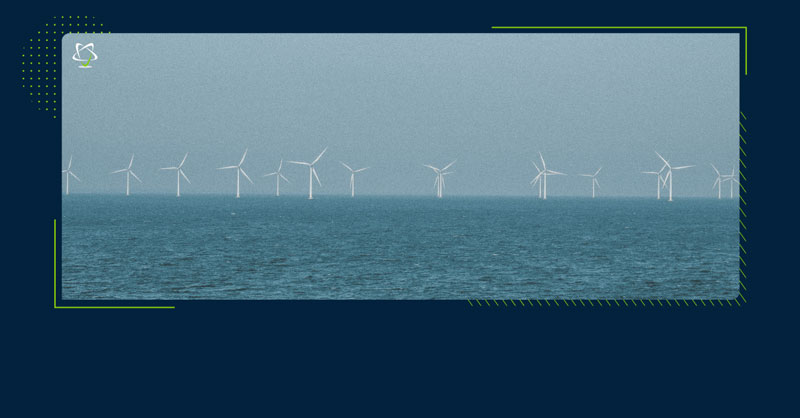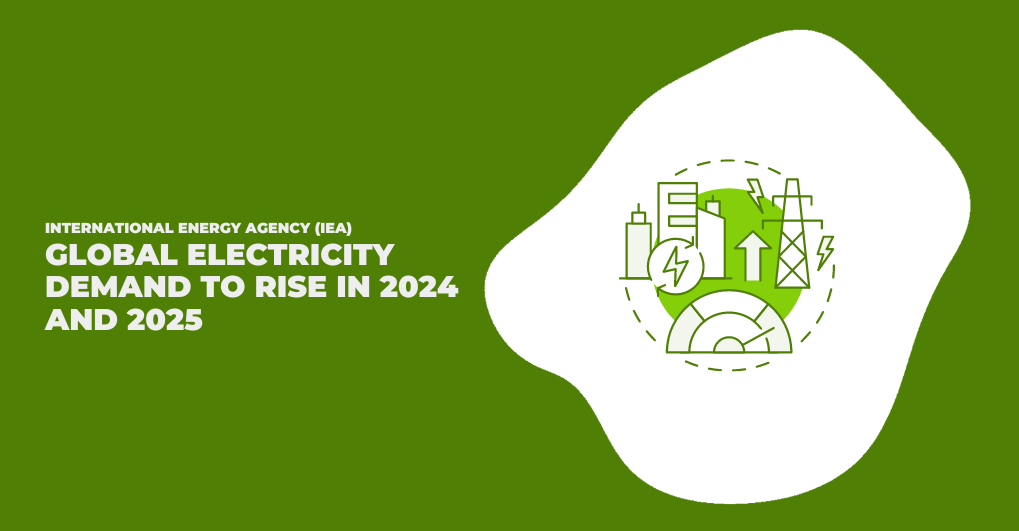The successful installation of turbines at the Kincardine offshore project has realized a new milestone as the world’s largest floating wind farm.
Originally consisting of a single, dainty, 2MW turbine — installed all the way back in 2018 — five 9.5MW turbines have since been added this year, bringing the project’s total capacity to a whopping 50MW.
The Kincardine floating wind farm is located 15 kilometres off the Southeast coast of Aberdeen, Scotland, floating in crystal clear waters ranging from 60 to 80 meters deep. The installation will produce more than 200,000 megawatt-hours of clean and efficient renewable energy each year — enough to power more than 50,000 Scottish homes!
This project highlights one of the greatest strengths of floating wind energy: the technology’s geographic flexibility!
Whereas constructing bottom-fixed offshore turbines dramatically rises in price as water depth increases — limiting their applications to calmer, shallower waters — floating turbines remain just as cost-effective, thanks to their reliance on cheap mooring lines and anchors to secure themselves.
The project’s completion marks the beginning of a long-term power purchase agreement (PPA), initially signed in 2018, between Norway’s state-owned Statkraft and Kincardine Offshore Wind farm Ltd. According to Statkraft, the contract will see the company purchase the entire electrical output of the project with a “guaranteed minimum price per MWh until 2029.”
John Puddephatt, Statkraft’s manager for long-term PPA origination, said, “this is the first floating project that Statkraft has been involved in, and we expect more to follow.”
“PPAs such as these play a key role in providing project owners with financial predictability and security, therefore helping enable long term investment and financing [in renewable energy].”
Statkraft has invested close to £1.5 billion in the United Kingdom’s renewable energy sector to date, contributing over 6GW of renewable power through various PPAs.
Norway’s state-owned energy firms are far from the only actors showing intrigue with floating wind power, however.
Earlier this month, oil and gas giant Shell formally established a joint venture — dubbed MunmuBaram — with CoensHexicon, exploring the possibility of a 1.4-gigawatt floating wind farm located roughly 70km off the coast of Ulsan, an industrial hub in South Korea.
In August, Japanese utility Kansai Electric Power and Germany utility RWE Renewables signed an agreement to study the potential of a large-scale floating wind project off the Japanese coast. Japan’s offshore power production is expected to rise dramatically in the coming years, with the government targeting 45 gigawatts of offshore wind power by 2040. To reach this ambitious target, the Japanese government introduced offshore wind incentives in 2018.
“We see great potential for floating wind farms worldwide, especially in countries with deeper coastal waters, like Japan,” said Sven Utermohlen, Chief Operating Officer for Offshore Wind at RWE Renewables.




